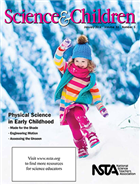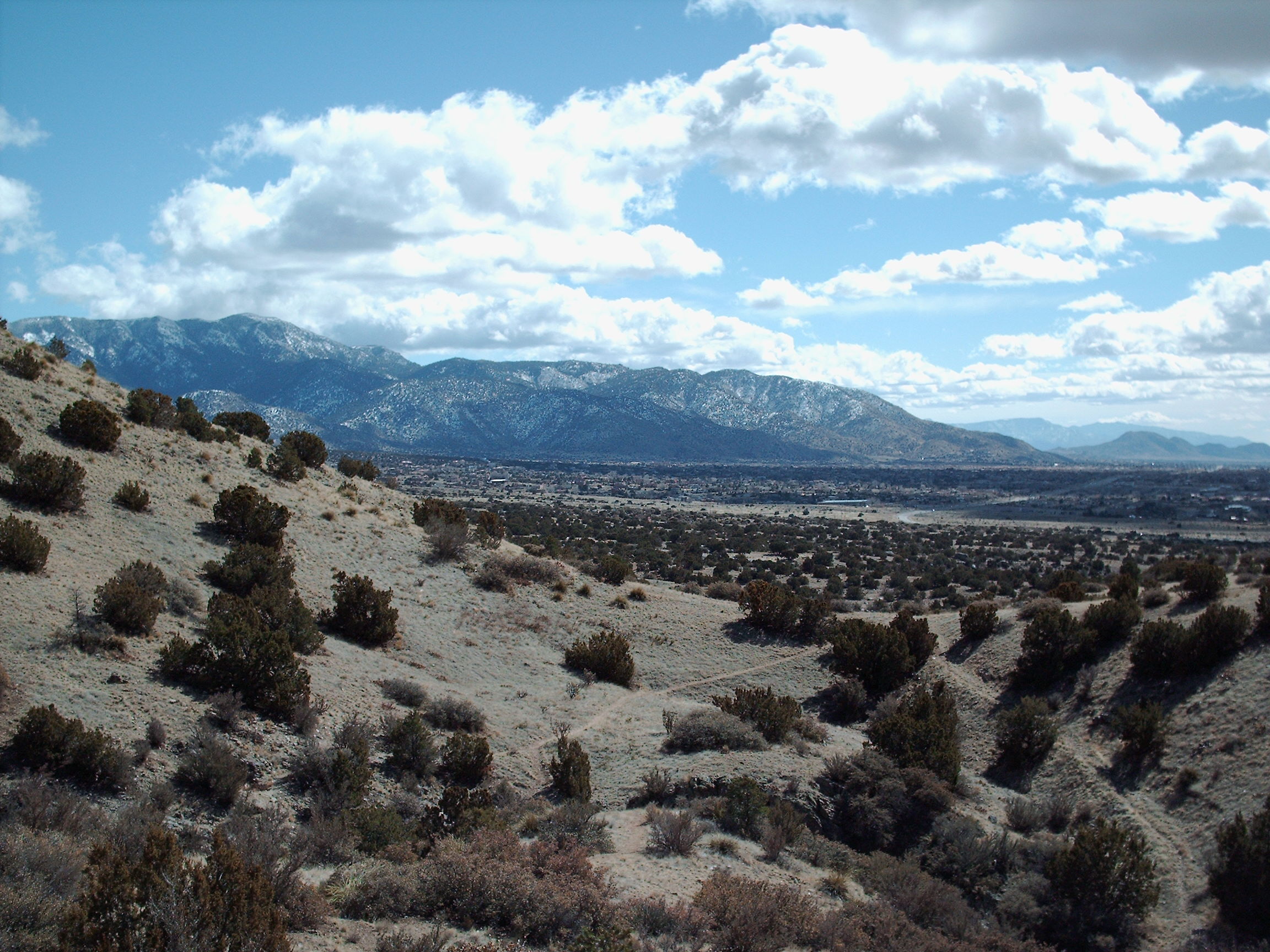ECE galore in January 2016 Science and Children!
By Peggy Ashbrook
Posted on 2016-01-31
Writing about my science teaching for early childhood educators means thinking about a potential community that spans geographic distance and different biomes, seasons, cultures, educational backgrounds, ethnicities, and teaching careers, among other differences. How we are the same is in our desire to be a teacher of science who helps all children build their understandings of the natural and human-made world in a developmentally appropriate way.
I strive to think about who and where my words might be read, and be as inclusive as my life experience and education allow me to be, while still reflecting and speaking from my experience. When I write about recording the weather, I try to think about places where typical weather is different from weather in my area, but some times I may neglect to think outside of my experience. Thinking outside our experience is what educators do as we consider how children will connect with new experiences and new vocabulary. Understanding children’s experiences will guide us as we ask children to consider alternative explanations instead of holding onto early misconceptions.
 It is interesting to see the many ideas children have about what is, and what is not, matter as reported in Page Keeley’s column on Formative Assessment Probes, “Uncovering Students’ Concepts of Matter” in the January 2016 issue of Science and Children. Children have many reasons for not including some objects or certain materials in the group “matter,” perhaps because they rarely hear the word used in that context. Keeley encourages primary-grade teachers to “try the probe with their students and make note of the ideas students have, which teachers can re-visit through instruction designed to build a bridge between existing ideas about matter and a scientific concept of matter.” Early childhood educators can ask our children, “What does this kind of matter feel like to you?” when handling all kinds of matter–scooping water or rice in the sensory table, touching the bark of a tree or our own skin, and feeling the wind. (The March 2015 Early Years column, “Getting Messy with Matter,” describes an exploration of how paints of various consistencies–thin water colors to thick tempera–act when painted onto various surfaces such as, paper, foil, felt, and natural materials such as tree branches. Try it with your students and use the word “matter” frequently!)
It is interesting to see the many ideas children have about what is, and what is not, matter as reported in Page Keeley’s column on Formative Assessment Probes, “Uncovering Students’ Concepts of Matter” in the January 2016 issue of Science and Children. Children have many reasons for not including some objects or certain materials in the group “matter,” perhaps because they rarely hear the word used in that context. Keeley encourages primary-grade teachers to “try the probe with their students and make note of the ideas students have, which teachers can re-visit through instruction designed to build a bridge between existing ideas about matter and a scientific concept of matter.” Early childhood educators can ask our children, “What does this kind of matter feel like to you?” when handling all kinds of matter–scooping water or rice in the sensory table, touching the bark of a tree or our own skin, and feeling the wind. (The March 2015 Early Years column, “Getting Messy with Matter,” describes an exploration of how paints of various consistencies–thin water colors to thick tempera–act when painted onto various surfaces such as, paper, foil, felt, and natural materials such as tree branches. Try it with your students and use the word “matter” frequently!)
 Almost every article in the January 2016 issue is focused on early childhood!
Almost every article in the January 2016 issue is focused on early childhood!
How can early childhood programs teach physics at a developmentally appropriate level? Read the Early Childhood Resources Review column, “Tools for Physical Science Inquiry,” for an overview of the many common early childhood program materials that engage children in learning physical science concepts. (You can recommend favorite resources you use to be reviewed in this column–contact column editor Rosemary Geiken.)
In “How We Know What We Know: Cultivating scientific reasoning among preschool students with cars and ramps,” Joseph B. Robinson says, “Discussing why these scientists revised their stance can teach children about uncertainty, evidence, disagreement, and other topics of vital importance to the world of science.” (Pg 42). “My objective has been to present students with a series of investigations that they can perform with minimal support, while making their own choices about what specific items or conditions they want to study. With this arrangement, my students have found new truths through their memorable endeavors. And, perhaps most importantly, they have begun to understand how scientific methods of investigation help us learn about the world.” (Pgs 42-43). I admire the way he was able to challenge the children’s common misconception that bigger cars are heavier than small cars by including small heavy cars and light big cars.
If you teach in kindergarten or other elementary grades, read about the shift from teaching about science to engaging students in science and engineering practices in “Addressing Three Common Myths About the Next Generation Science Standards” by Kenneth L. Huff. Is this what is happening in your program? Learn more about this shift by reading the article, free to non-members as well as members.
January snowfall and icy conditions in my region kept us out of school for more than a week while snow plow crews tried to find places to put it all so buses could get through residential streets, teachers could find parking spots, and residents could clear their sidewalks. I had to shift a lot of snow but the snow days gave me time to consider how I will shift my teaching.
Disclaimer: The views expressed in this blog post are those of the author(s) and do not necessarily reflect the official position of the National Science Teaching Association (NSTA).





